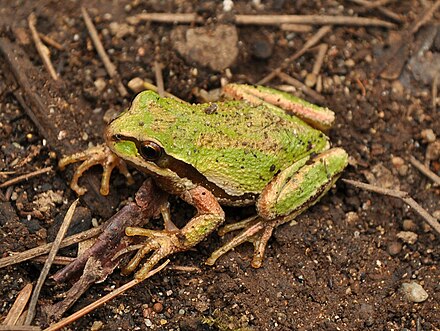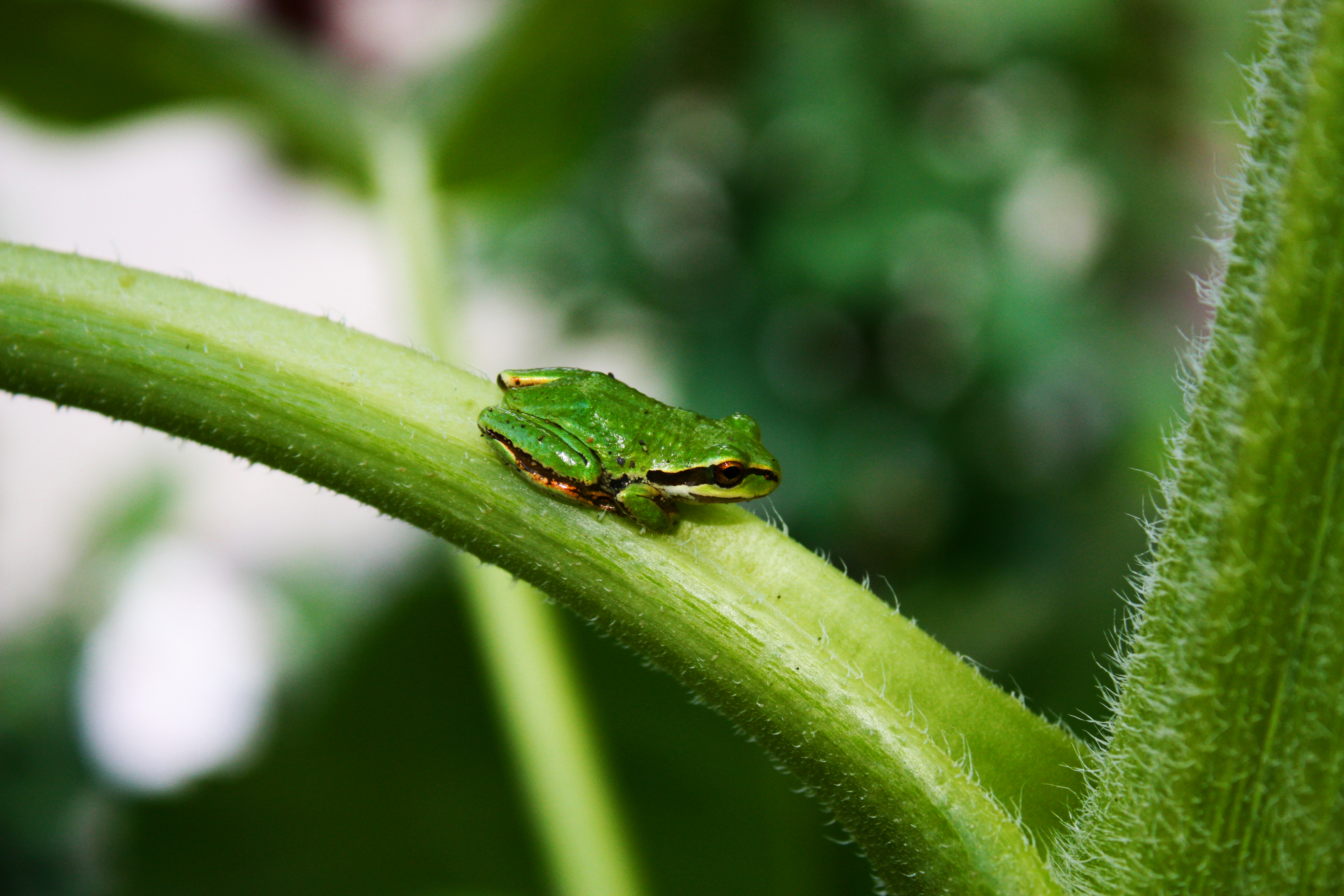what does a pacific tree frog sound like
These frogs are also called the Chorus Frog due to their ability to sound like a. A frog that is small in stature but emits a concrete larger-than-life resolve is the foothill yellow-legged frog.

Pacific Tree Frog Alchetron The Free Social Encyclopedia
The frogs skin is often a shade of green or brown but will change color seasonally to better match the environment.

. Then the pacific tree frogs sound like one noted krreeck-eck. The distinctive call of this frog is known around the world - the ribbit that Hollywood uses in all of its films as the standard frog call is actually the call of the Pacific Treefrog. It is a loud and piercing call given about once per second or faster.
Here in the park they are found at all elevations in many kinds of habitats. Besides the perfect time to hear the pacific tree frogs sound is during their breeding season February to June9. Purrrreeeek usually rising in pitch at the end.
The Pacific Tree Frog is small and well-blended but one of the loudest frogs around. Male frogs may call any time of year when they are not courting or hibernating from dry upland sites. The rain call of the Pacific Tree Frog is such a great sound.
During mating season the sound of one male frog will stimulate other males to join in and. The aggressive call is a stuttering trill reminiscent of the calls of chorus frogs. Pacific tree frogs have tongues that are covered with a thick sticky substance.
Has a dark mask across the eyes from nose to shoulders and a Y shaped mark between eyes. We all know and love it. Besides the perfect time to hear the pacific tree frogs sound is during their breeding season February to June.
Found primarily in Southern Oregon adults of this species are easily spotted because they tend to have a yellow coloration on their legs. They make many different sounds. They occur in shades of greens.
Once they flick their tongues out towards the swarm of flying insects the bugs become trapped in the sticky coating and the Pacific Tree frog enjoys its supper. Tree Frogs Hylidae Photo. Pacific Tree frogs are known to consume large insect quantities every night.
Distant choruses sound like the jingling of sleigh bells. They live from sea level to more than 10000 feet in many types of habitats reproducing in aquatic settings. Frog choruses have actually been known to lower home values in areas where their volume can be deafening.
Green grey or reddish brown with small dark splotches along sides. Nevertheless it reduces the chances that the tree frog becomes a meal for a predator such as a raccoon bullfrog snake or. Frogs Anura Family.
Mink Tree FrogThe sounds or calls of a mink tree frog are a large chorus. The Pacific Treefrog produces two different kinds of very loud advertisement calls. The males make a call that sounds like krr-r-r-ek.
Listen to the calls of each of these frogs and toads and see if you can recognize them the next time you are outside from the Indiana Department of Natural Resources. Up to 24 cash back Then the pacific tree frogs sound like one noted krreeck-eckAlthough these frogs make sounds or calls at any time they make large choruses at night. Or somewhere in Africa.
Listen to the calls of each of these frogs and toads and see if you can recognize them the next. Pacific Tree Frog Pseudacris regilla Order. This is even if the setting is the tropical jungle.
Benefits of Treefrogs Treefrogs and many other native frogs and toads in Oregon are on the decline and need our help. This type of call is believed to be a type of territorial call. It is so great in fact that when Hollywood wants to offer a frog sound in a movie it is almost always the Pacific Tree Frog.
Some females have response calls. This is heard as a single-note croak Krr-r-r-ek and typically occurs when air humidity is high. Photo by Rick Kuyper.
Squeaky peeps rain calls are given periodically by individuals from shrubs and trees in late summer and autumn. What they look like. If you are hiking a meadow woodland or brushy area it may be easier to identify the Pacific tree frog by listening.
At the beginning of raining pacific tree frogs make land calls. One of the Pacific tree frogs defense mechanisms is the ability to change color. Have you heard a frog or toad outside.
The Pacific tree frog Pseudacris regilla also known as the Pacific chorus frog has a range spanning the Pacific Northwest from Northern California Oregon and Washington to British Columbia in Canada and extreme southern Alaska. The song includes ooh-yeeh or ribbiting sounds like Krr-r-r-eek that are made through the males very stretchy dark vocal sac that puffs out as they sing. Some frogs also use a distress call when attacked or hiss or scream when attacking their prey.
Scientists do not believe the frog is able to control this color change but it is a reaction due to changes in temperature and humidity. Although these frogs make sounds or calls at any time they make large choruses at night. Depending on the season they may also be tan reddish gray brown cream or black with a variety of.
A two-part or diphasic call typically described as rib-it or krek-ek with the last syllable rising in inflection and a one-part or monophasic call also called the enhanced mate attraction call.

Northern Pacific Tree Chorus Frog Online Learning Center Aquarium Of The Pacific
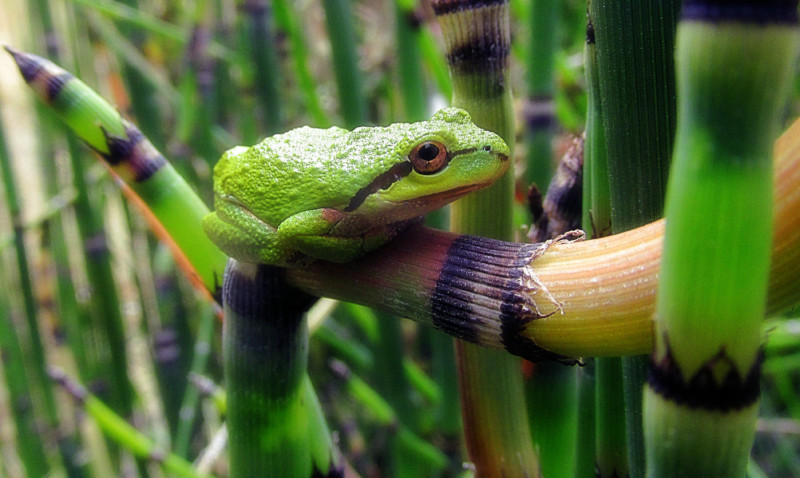
Pacific Tree Frogs And The Song Of Spring Columbia Insight
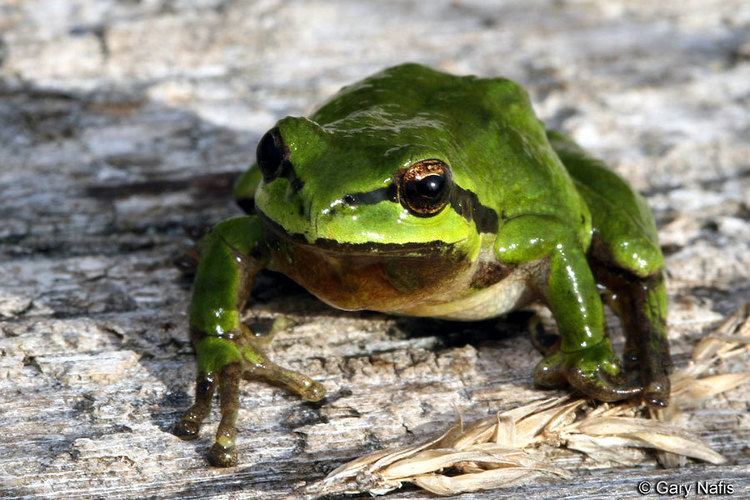
Pacific Tree Frog Alchetron The Free Social Encyclopedia

Pacific Tree Frog Calling Stock Photo Image Of Green 11912172

Sounds Of The Pacific Treefrog Pseudacris Regilla Youtube
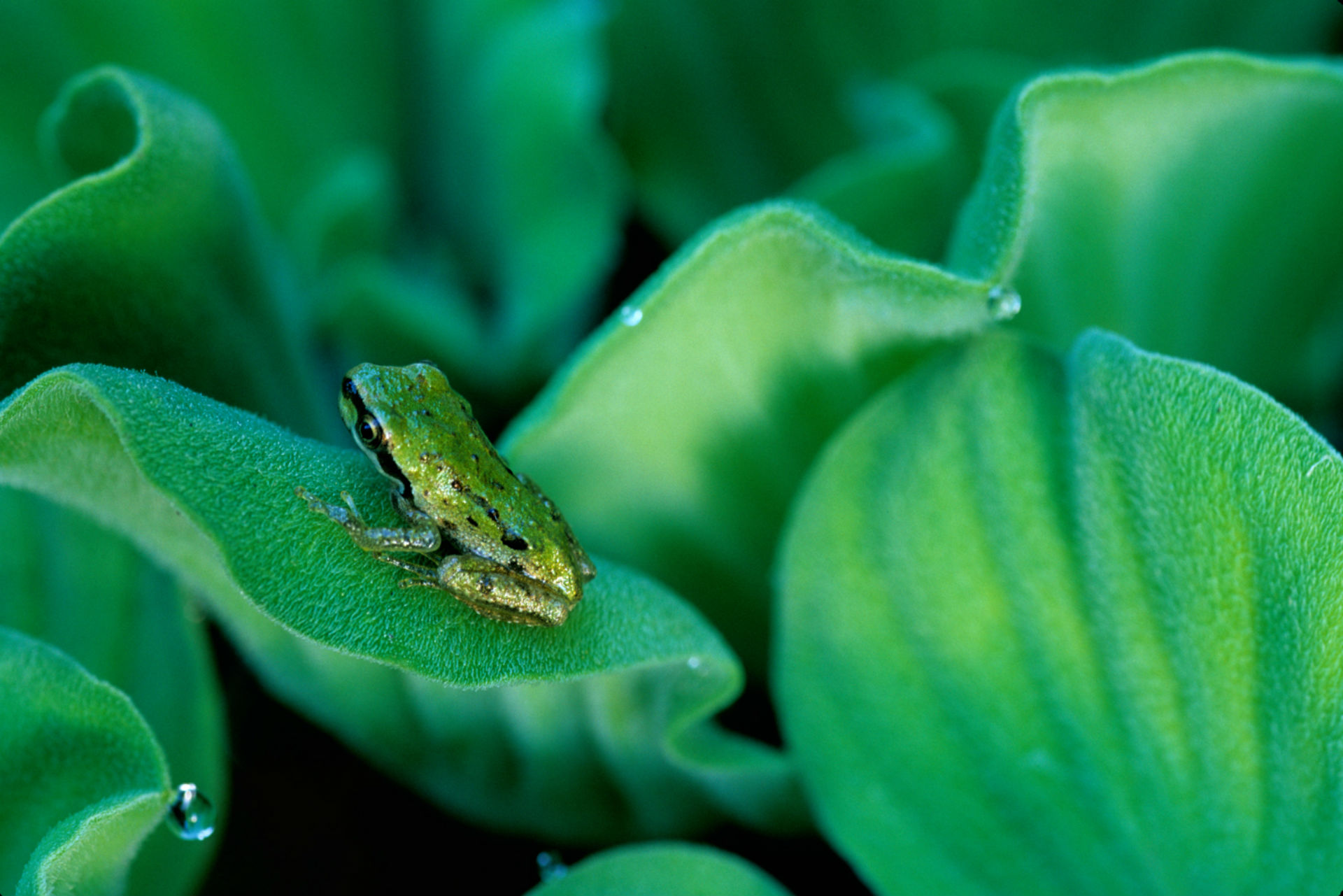
The Little Frog With The Big Voice
Sounds Of Northern Pacific Treefrog Pseudacris Regilla

Sounds Of Spring Pacific Tree Frogs In Southwestern Oregon Youtube

Pacific Tree Frogs Coastside Land Trust
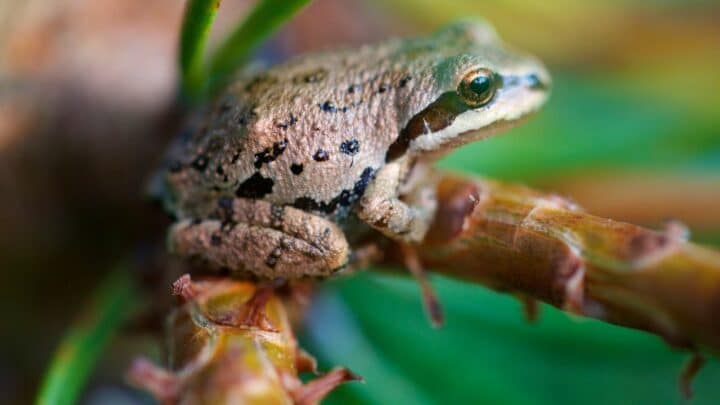
What Pacific Tree Frogs Eat Yum

Pacific Tree Frog Alchetron The Free Social Encyclopedia

Pacific Treefrog Calling Youtube
Animal Nature Pacific Tree Frogs Sing Biologists Unravel Mysteries About Primates Meadowlarks Zoos Vital To Endangered Species Oregonlive Com
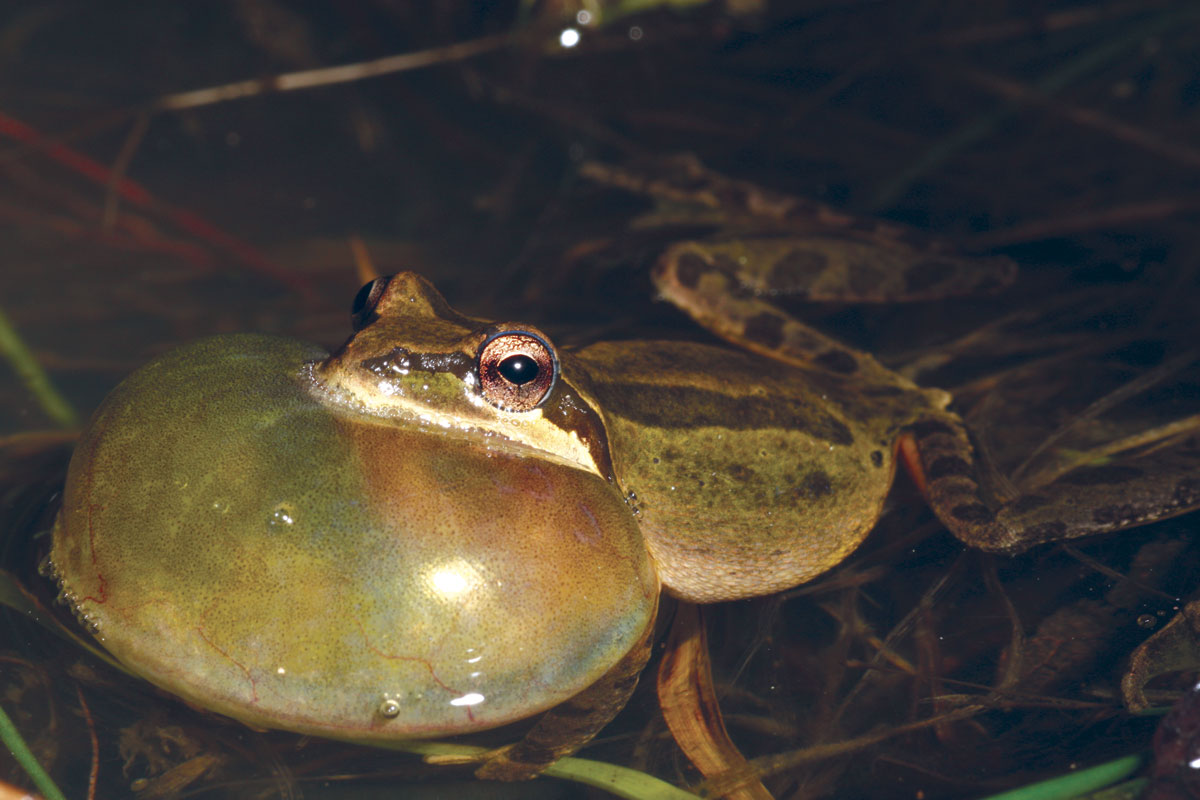
Pacific Chorus Frogs Use Their Famous Calls To Stake Out Territory

Pacific Chorus Frog Natural History
